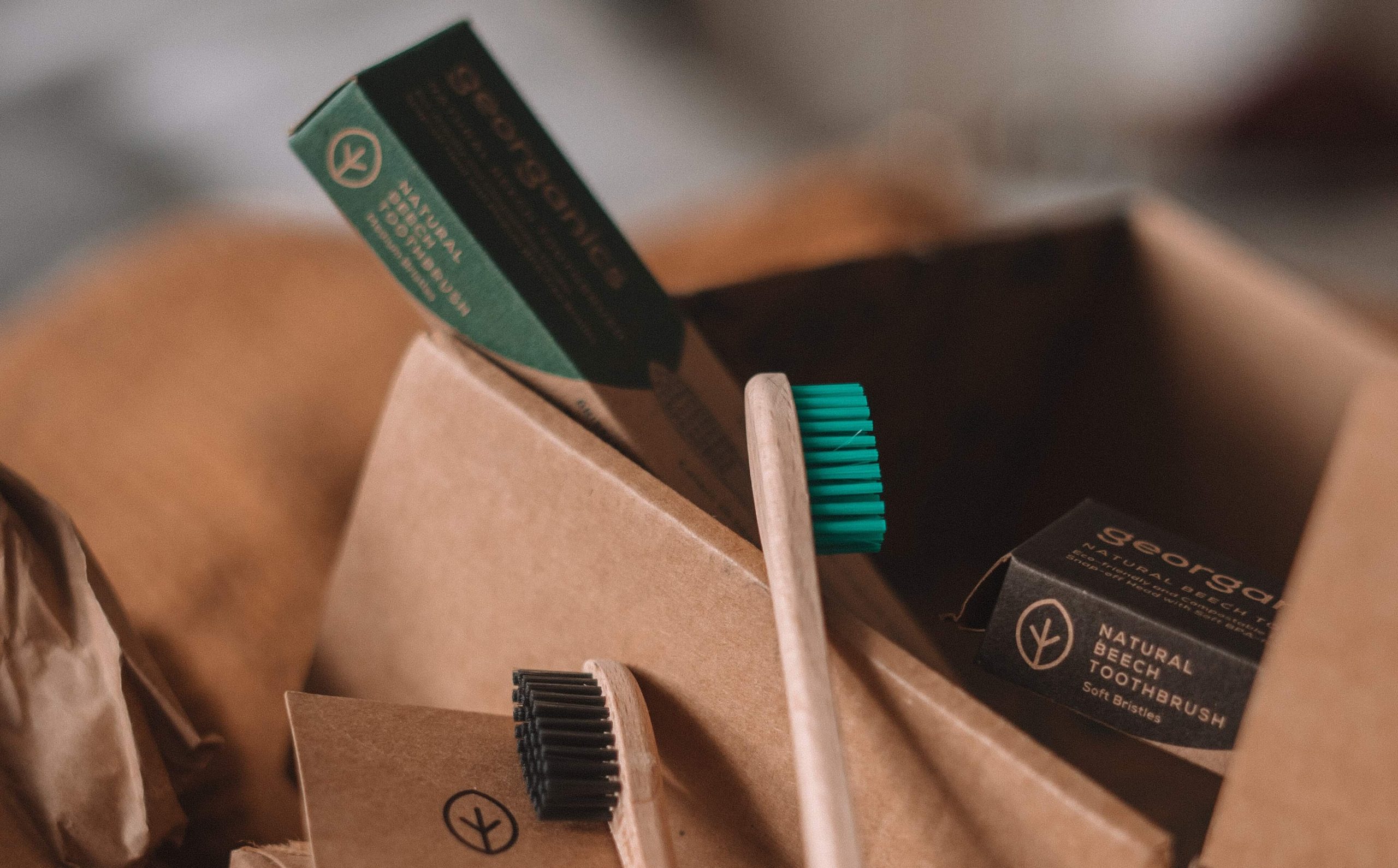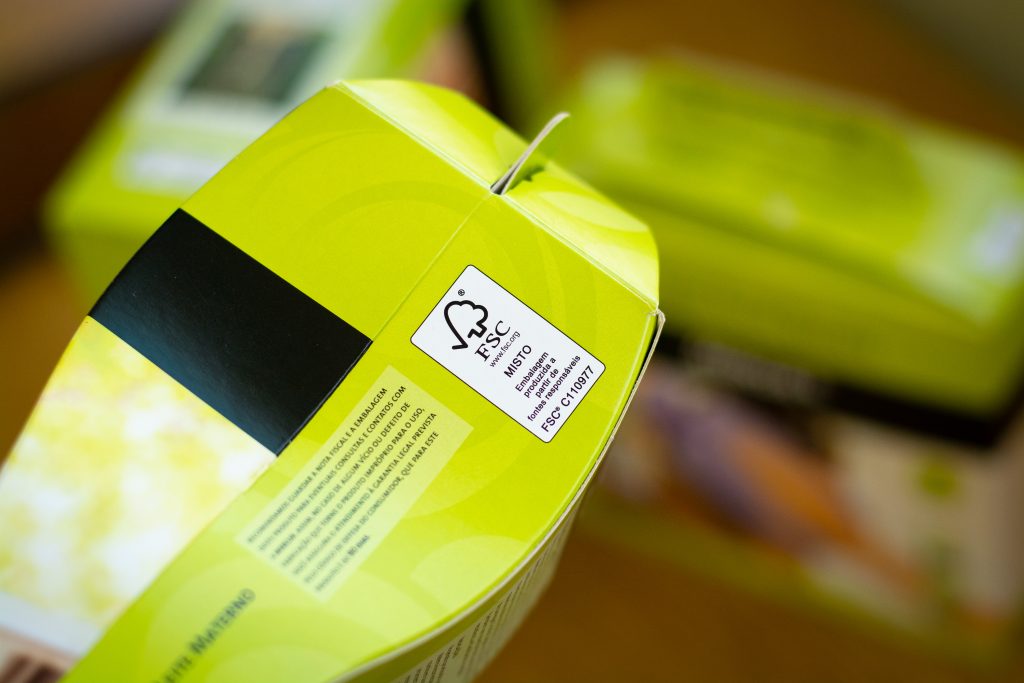
When it comes to the topic of conscious consumption, there is growing concern on the part of consumers about the path taken by the product to the supermarket shelf. What are the sources of raw materials used, the forms of work used, respect for the environment, among other concerns, make society question and investigate how companies are behaving in their production process.
In the Espaço ECO Foundation article, on the topic of conscious consumption, published on October 14th, entitled Conscious consumption: what does your business have to do with the topic? It addresses how the consumer profile is changing and how companies seek to align their businesses with this growing demand. Adding to this issue, many available products have differences behind their production that influence (or could influence more) the consumer's decision-making. We are increasingly bombarded with so-called sustainable products, however, sometimes it is difficult to choose which item to take on the supermarket shelves, either because the information is not clear or because the consumer does not have a relationship with what is described there.
We come across products that have on their packaging an illustration or character referring to some certification, QR Codes, designation of origin or good practice sayings that may make sense to a group of people more connected to this topic. What does the friendly little frog do? Rainforest Alliance What prints on some products such as coffees, teas, chocolates and ice creams provide information at first? Or the seal of rabbit in various cosmetics? The seals of organic, vegan or the tree FSC in paper packaging?
What all these seals have in common is that they have standards that aim to guarantee transparency in the processes of their entire production chain, that is, they reflect criteria that are adopted by the organization with the aim of making them more efficient, safe and clean. For example, a socio-environmental seal on the packaging of an agricultural product guarantees that that production respected environmental legislation, labor relations and applies good practices in the production stages. In this way, one of the main benefits is the protection of the consumer, who is purchasing a product resulting from ethical commercial relationships.

Photo: Mercur
But how can the consumer be sure that all these criteria are actually respected? Companies look for official certifications that are offered by impartial third-party companies, which audit all processes at defined time intervals (usually annually). However, companies can also create their own certifications and seals, but they need to make the criteria they adopt and the practices that are being verified transparent.
Internationally, especially in Europe, certifications are more recognized than internally, with the seals being required by many markets when selling, thus, they encourage and encourage other countries to adapt to the standards in order to continue doing business. In Brazil, even though these products are available, the population lacks knowledge about what each stamp wants to convey and, even though this information may seem complex to the average consumer, it is interesting to note that many of us already analyze other equally complex information in packaging, such as the nutritional table of foods.
The big challenge for companies, retailers and certifiers is how to effectively communicate to consumers why their product has a difference that needs to be taken into consideration at the time of purchase. Whether in the media in general, at the point of sale or on the packaging itself, it is necessary to connect the consumer with the value chain that involves the good or product they are choosing to take home. By being well informed, we will be able to choose products aligned with well-being practices, respect and ethics, moving towards strengthening sustainable development.
Share